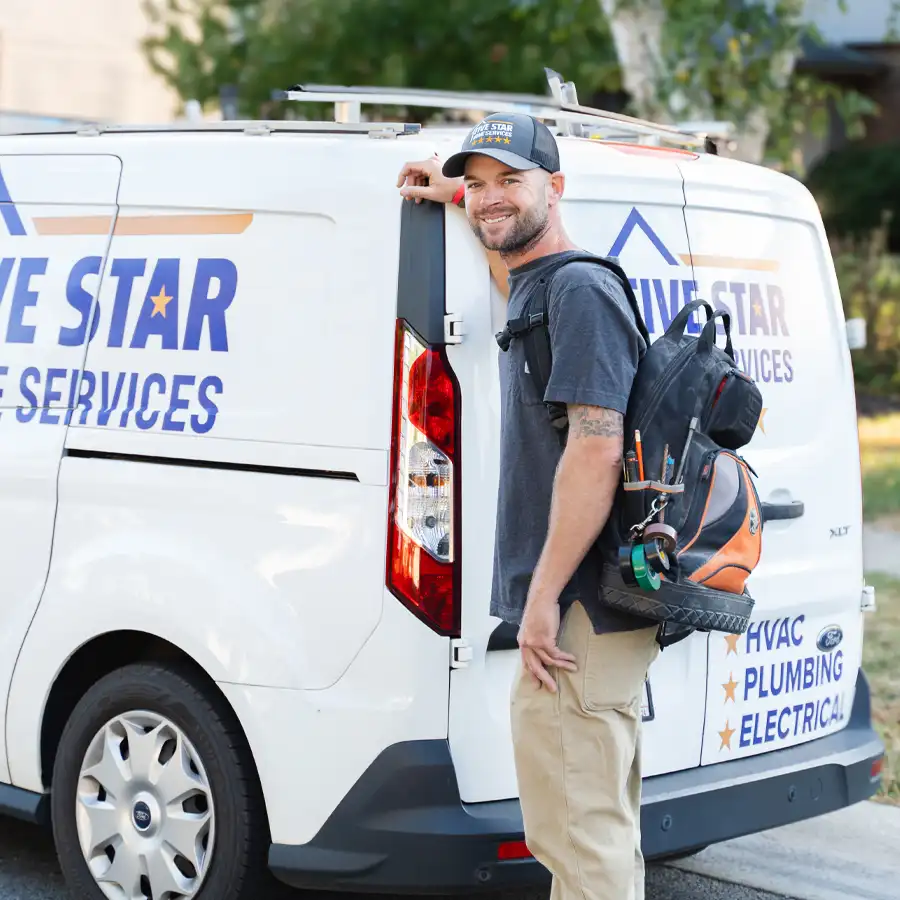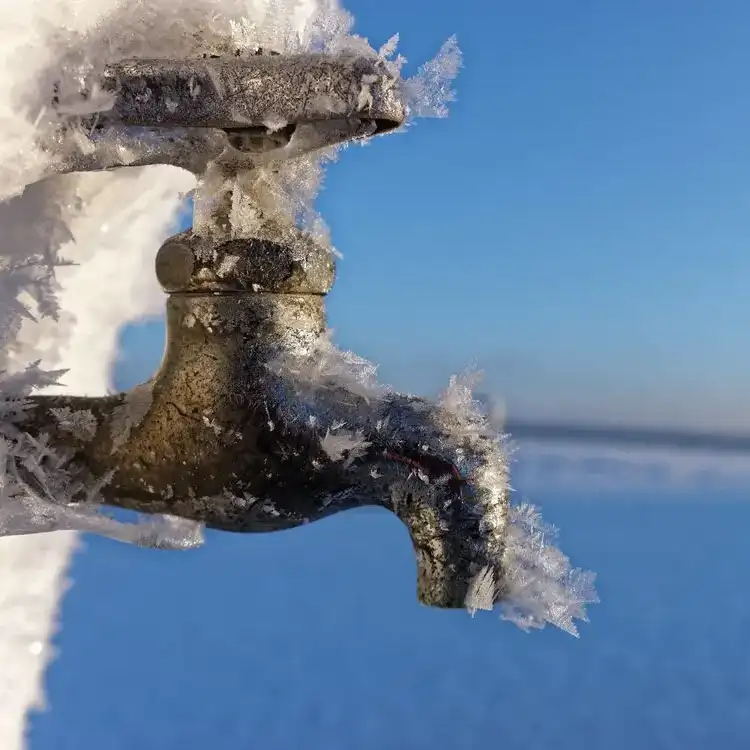
Winterization Services in Canal Winchester
Is your home ready for winter? We can make sure your entire plumbing system is ready to endure the cold, with no danger of freezing, broken, or leaky pipes. We at Canal Winchester Plumbing & Drain offer plumbing winterization services throughout the Greater Columbus area.
Our winterization services prepare plumbing systems for winter’s freezing temperatures, which are known to damage pipes and cause leaks and pipe breakage. When water freezes in plumbing equipment it expands and creates pressure inside the pipes, which damages them and causes cracking and pipe bursting. If a building or home is left vacant during the wintertime, preventative maintenance performed by a plumber is essential. Plumbing maintenance prevents damages that are expensive to repair.
With winter on the way, we are happy to help you with your home winterization tasks. We will not only offer to call or email you a quote for the services above but also provide other services such as:
- Free in-home inspection
- Annual maintenance
- Any repairs and upgrades needed

Friendly Technicians
The men and women who wear our badge are friendly, respectful, and knowledgable.

24/7 Emergency Services
We’re available around the clock, on weekends and holidays, with live phone support available after hours.

We're Licensed & Insured
We are licensed, insured, bonded, and qualified to work on gas lines and other dangerous equipment.
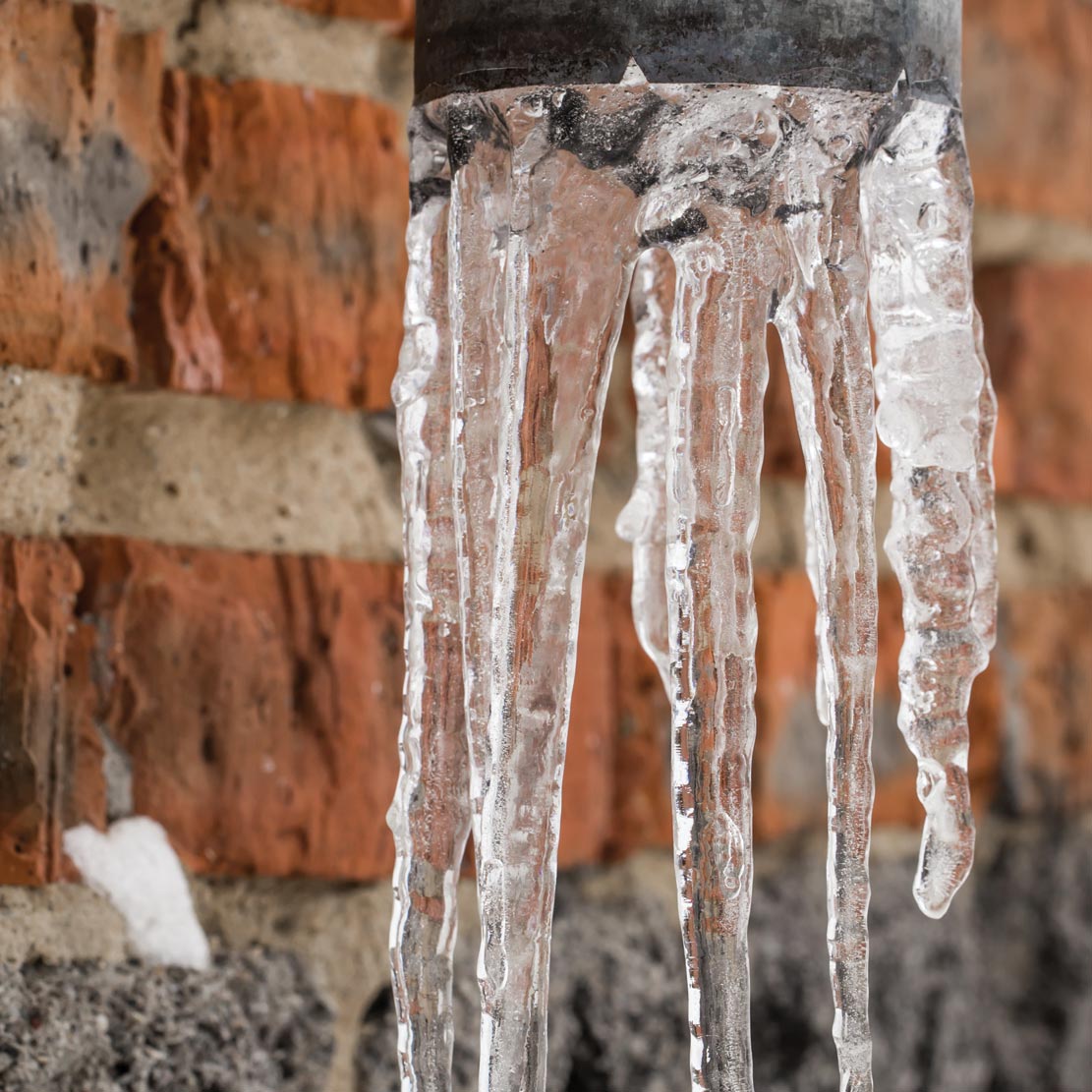
What do you need to do to prepare your plumbing system for winter?
- Clean out the gutters and downspouts
- Keep water away from the house
- Prevent ice dams from forming on your roof, which can cause major damage to gutters, roofing, and walls, by allowing water to seep into your home via air vents or cracks in foundation walls.
- Not only do you want to keep frostbite at bay, but you also want to prevent black mold growth in your basement! It’s important that all debris is removed before winterization occurs, so there’s nothing left behind when spring arrives (and stays).
Drain Water From Pipes, Hoses, & Sprinkler Systems
How to drain water from pipes:
- Place a bucket or container under each pipe. The container should be large enough to hold all the water in the pipe but not so large that it will overflow when you turn off the faucet.
- Turn off all faucets and open any valves that control water flow into the system.
- Open one faucet at a time until all pipes are empty. Repeat this step for each section of your plumbing system until there is no standing water anywhere within it.
How to drain hoses:
- Place an empty bucket or another container under each hose bib (the part of your outside wall where you connect hoses). The container should be large enough for all of its contents but not so big that it overflows when you shut off the valve.
- Shut off any valves or taps used with those hoses before turning on their respective bibs and letting out any remaining water from them.
- Repeat this step until there is no standing liquid in any section of your sprinkler system.
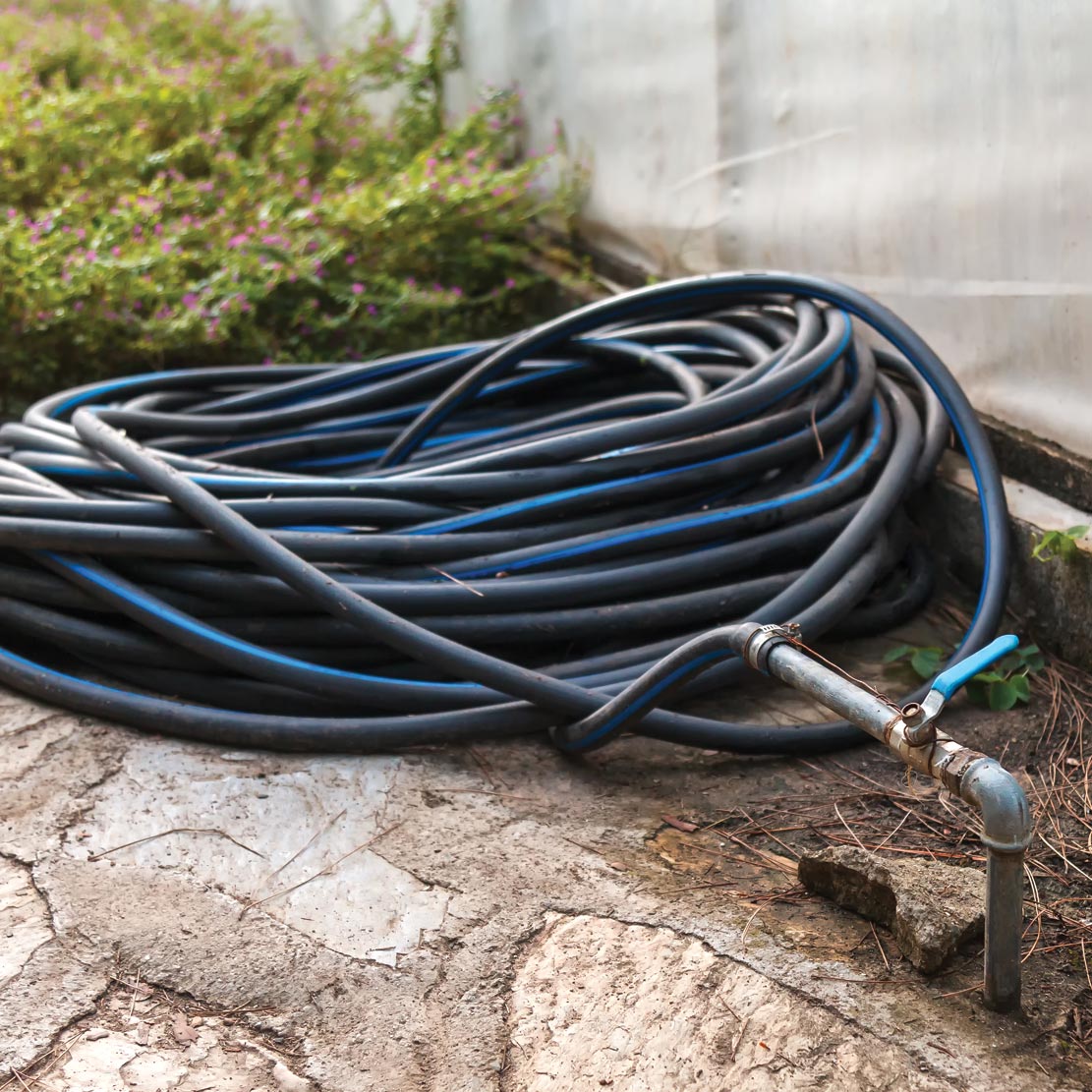
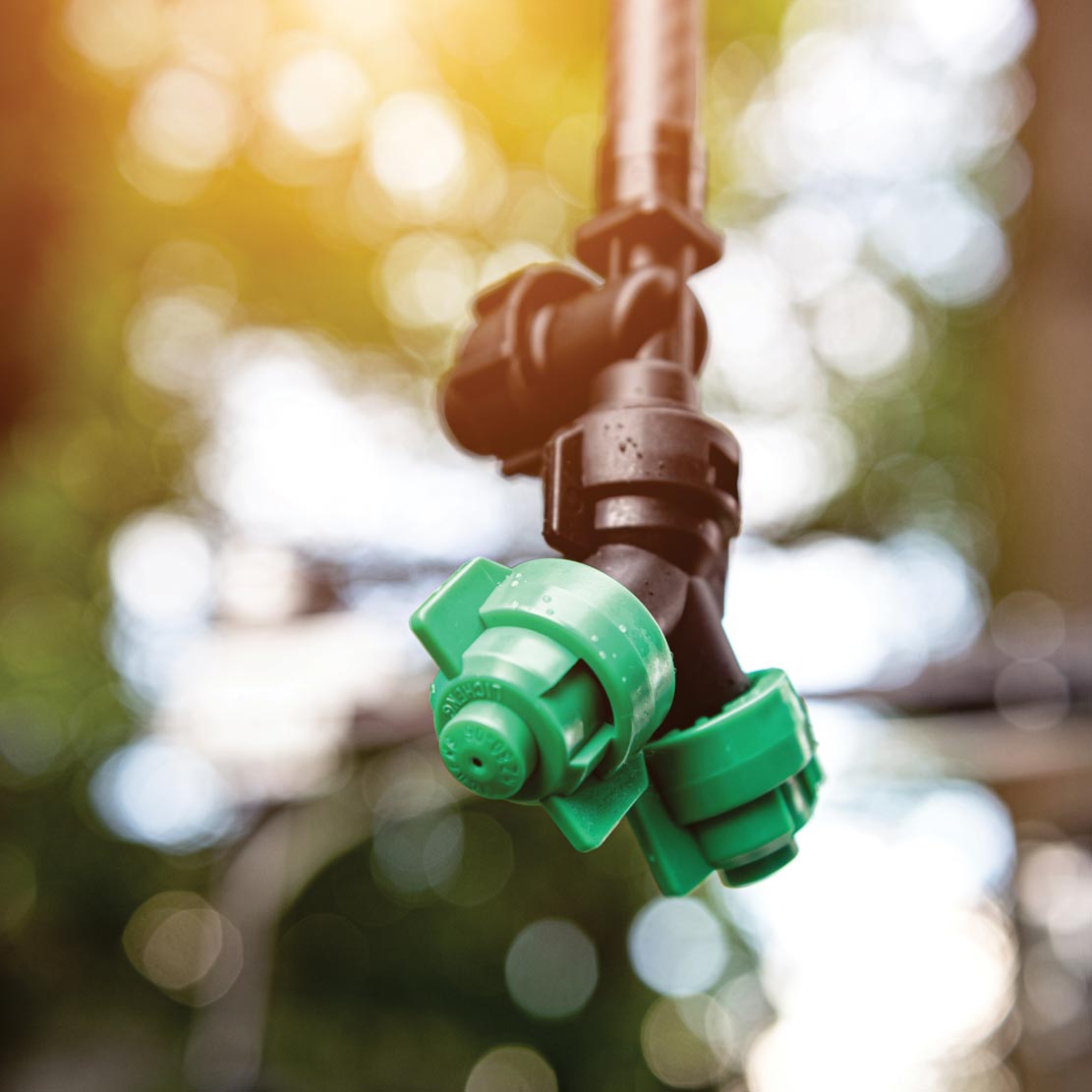
Install a drip irrigation system on outdoor faucets
A drip irrigation system is a great way to save water and money while also keeping your plants healthy. The average sprinkler system wastes between 30 and 50 percent of the water it uses because of evaporation and wind drift. A drip irrigation system uses a fraction of that amount due to its lower volume per gallon. This means you can get the same job done with less time and effort—and save yourself money in the long run!
Remove and shut off the water from hoses and store it indoors.
You may need to disconnect or turn off the inside valve, too
The first step to winterizing your lawn is to shut off the water supply to your outdoor faucet. You’ll find it by turning off the water inside your home and looking for a valve that can be turned with an adjustable wrench. It’s usually located near the base of the main pipe, but if you aren’t sure where it is, consult with a plumber or ask us!
After you have shut off water to your outdoor faucet, we recommend disconnecting any hoses connected to fixtures such as sprinklers or automatic irrigation systems. This will prevent frozen pipes in these areas from bursting during cold weather while they’re left unattended over winter break.
Insulate exposed pipes with foam pipe insulation or electrical heating tape
- Insulate exposed pipes with foam pipe insulation or electrical heating tape.
- When using electrical heating tape, follow the manufacturer’s instructions. If you are not sure what to do, call a professional to help you.
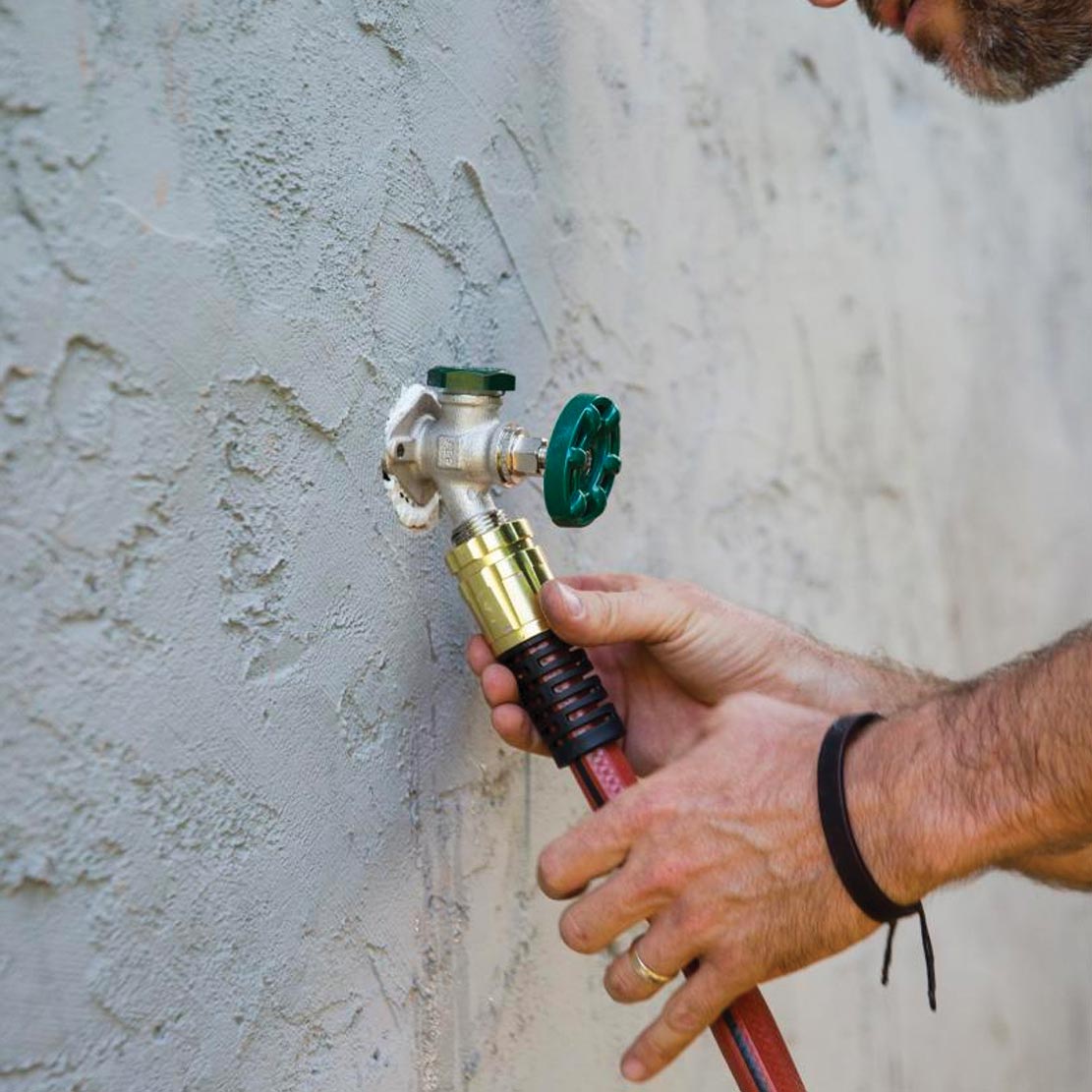
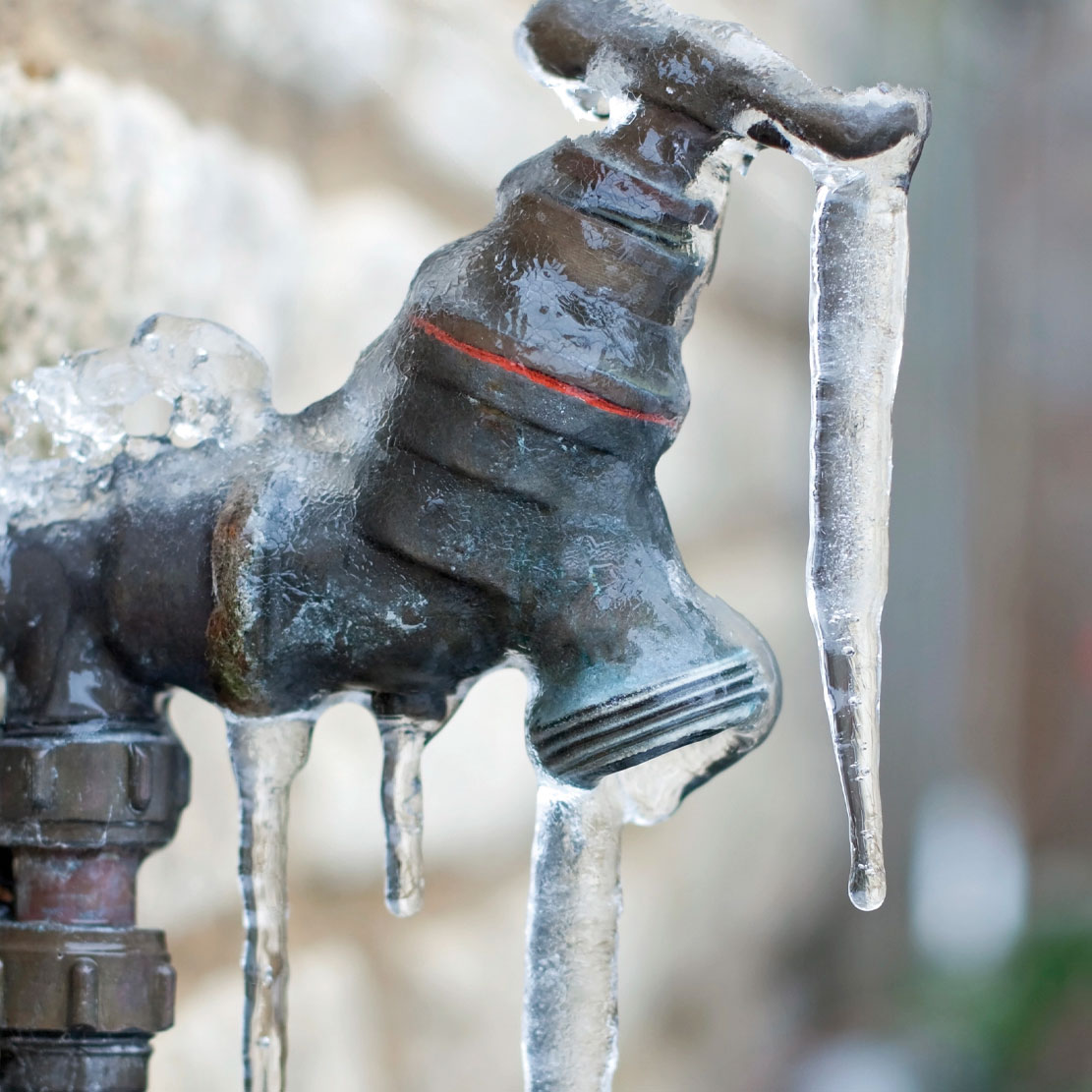
Frequently Asked Winterization Questions
At Canal Winchester Plumbing & Drain, we’re dedicated to finding a solution for our customers so they can live in comfort. If you have any questions, give us a call at (614) 490-7531.
What does winterization prevent?
When done correctly, winterization restricts airflow. Homeowners make modifications to keep the air inside the house. There are natural leaks inside the home around the roofs, windows, and doors. Preventing cold air outside the home from seeping into the house and hot air inside the house from leaking outside has some downstream effects.
Why does winterization work?
Proper weatherization is a combination of insulation and air sealing because these two actions prevent air leakage and conduction. Combined, then winterizing your home helps homeowners stay comfortable and save energy. Additionally, winterizing your house has benefits such as reducing moisture and the risk of mold. As a result, homeowners experience lower monthly energy costs while improving indoor air quality.
What are the benefits of winterization?
The main benefit of winterization is lower bills. These measures also protect the long-term value of your property because they prevent mold, mildew, and moisture buildup that can cause damage to your home over time.
Schedule Winterization Services Now!
Are you ready to schedule your winterization services for your Canal Winchester area home? Contact your friends here at Canal Winchester Plumbing & Drain today to schedule an appointment or to learn more about our services. We look forward to serving you!
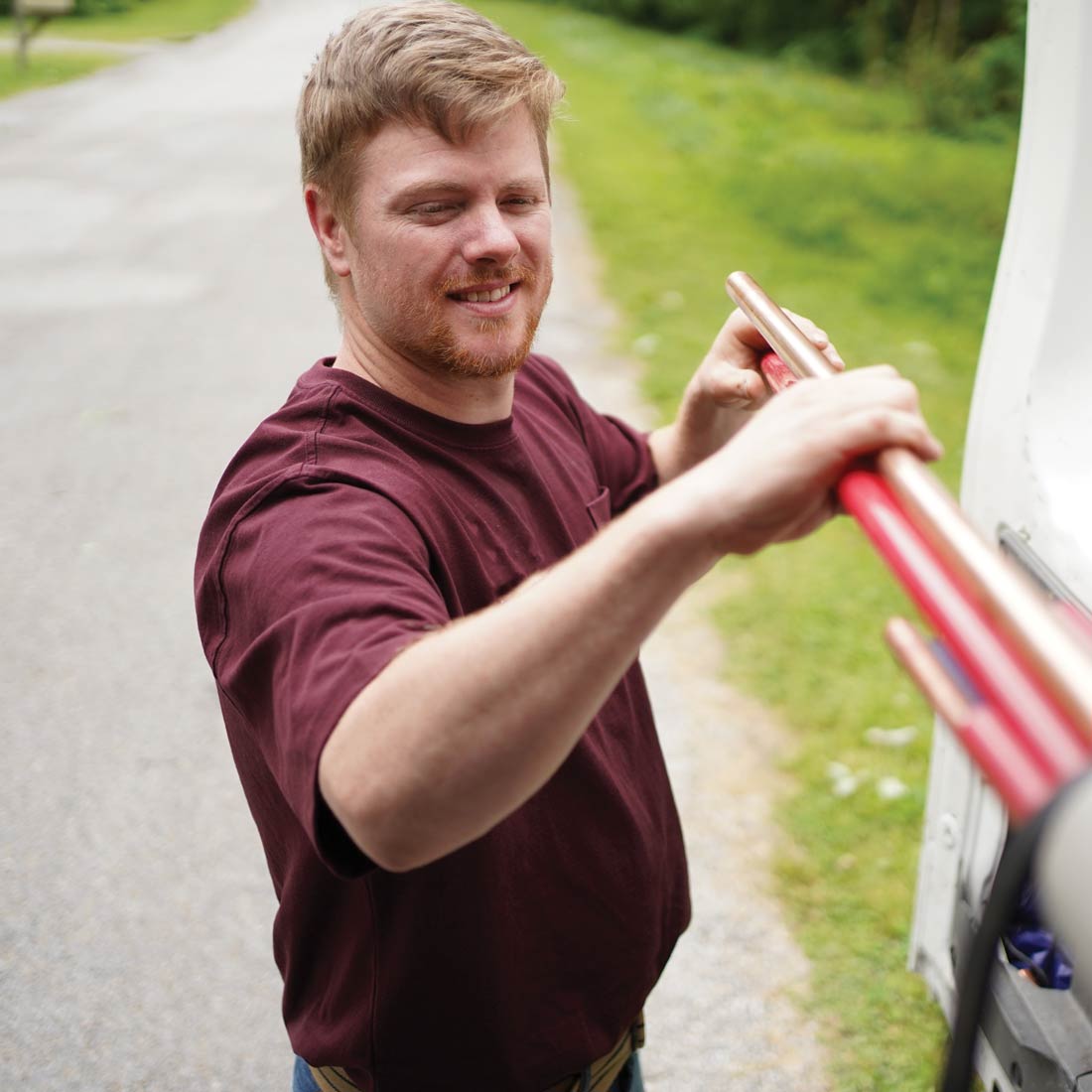
Licensed and Insured Plumbing Company for Canal Winchester, OH
You may be wondering what makes Canal Winchester Plumbing & Drain the best choice for your plumbing services. There are many things that go into making our company stand out from the rest, two of which are our licensed and insured status, as well as our certifications and state requirements.
We are licensed by the state of Ohio, meaning that we have been cleared by the state to offer these services legally. We have insurance that protects you if anything happens on-site while we're working with one another.
Our certifications ensure that all of our technicians have been properly trained so they can complete projects quickly without causing damage to any part of your property during installation or repairs!
24/7 Emergency Plumbing Service in Canal Winchester, OH
Our plumbers are available 24 hours a day, 7 days a week to help you with any plumbing issues you may have. We provide fast response times and we can handle any job no matter how big or small it is. We can help you with minor issues like a clogged drain or a broken faucet, or we can help with major issues like a broken water heater.
If you're not 100% happy with our services, we promise to make things right! That's why we offer a 100% satisfaction guarantee.
You can count on our professional plumbers not only for emergency services but for preventative maintenance as well. Annual inspections can help prevent many issues from occurring in the first place. Our plumbing experts will identify problems before they start. Give us a call today and avoid the stress of plumbing problems tomorrow.
